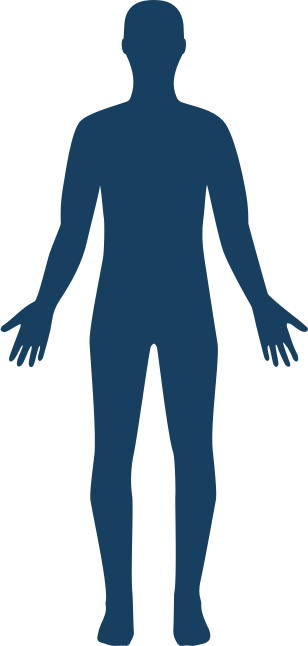How common is chronic GVHD?
- 30% to 70% of patients who receive donor stem cells develop chronic GVHD
- About 90% of patients who develop chronic GVHD do so within 1 year after transplant. After that, the risk tends to get lower
- 2 out of 3 patients who develop chronic GVHD had prior acute GVHD











